#EarthIsBlue
Text
BREAKING NEWS
NOAA considers sanctuary in waters around Pacific Remote Islands

Today, NOAA announced it is starting the process to potentially designate a new national marine sanctuary in the Pacific Remote Islands area under the Biden-Harris Administration. The proposed area in the central Pacific Ocean includes marine areas within the existing Pacific Remote Islands Marine National Monument, as well as currently unprotected submerged lands and waters, an area totaling about 770,000 square miles.


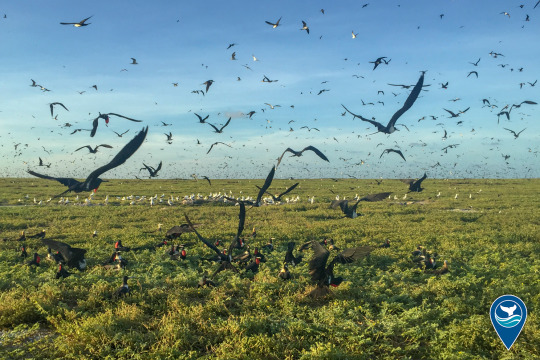

A sanctuary designation would help conserve the atolls, shoals, seamounts, banks and reefs surrounding the Pacific Remote Islands. This area is home to some of the most diverse and remarkable tropical marine ecosystems on the planet, and provides a haven for a host of wildlife, including corals, sharks, fish, marine mammals, seabirds and invertebrates.

NOAA invites the public to comment on the proposed sanctuary designation through June 2, 2023.
#EarthIsBlue#NOAA#News#Science#Marine Conservation#Breaking News#National Marine Sanctuary#Science News#Conservation#Ocean#Pacific Remote Islands#Pacific#Sea#Marine Life#Earth#Nature
1K notes
·
View notes
Text
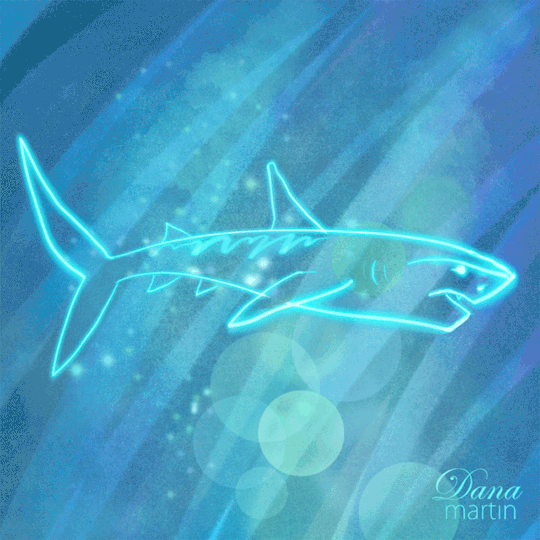
Hope everyone has had a chance to catch some of the amazing Shark Week shows! Eerily and without fail, Shark Week was always when batshit crazy stuff went down during my stint working at the library. It makes no sense, but neither does patrons lighting fires in the bathroom (as they loved to do). Thinking of all my library friends during this time. Hope you are making it through okay! Just keep swimming.
13 notes
·
View notes
Text
NEW SPECIES ALERT 🚨
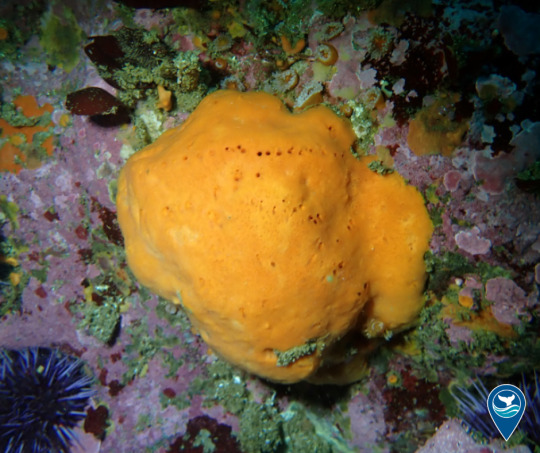
A newly discovered sponge, Megaciella sanctuarium, has been named in honor of Monterey Bay National Marine Sanctuary!
The new species of sponge was discovered in the sanctuary during a research cruise aboard the sanctuary’s 22-foot small boat, the R/V Tegula. Tom Turner, Ph.D., a professor and sponge expert from U.C. Santa Barbara, dove with Steve Lonhart, Ph.D., a research ecologist for Monterey Bay National Marine Sanctuary.
“It is amazing to me that new species are still being discovered within normal diving depths,” said Lonhart. “After diving in central California since 1988, I realize there is still so much to discover, and Dr. Turner is really exposing the incredible biodiversity of sponges found right here in our very own sanctuary.”
#EarthIsBlue#NewSpecies#Science#Ocean#MontereyBay#Discovery#News#conservation#california#national marine sanctuary#nature#noaa#diving
661 notes
·
View notes
Text
BREAKING NEWS:
NOAA proposes national marine sanctuary in Papahānaumokuākea

Today, NOAA has released a draft proposal to designate a national marine sanctuary in the marine portions of Papahānaumokuākea. Home to the endangered Hawaiian monk seal, threatened green turtles and many species found nowhere else on earth, the complex and highly productive marine ecosystems of Papahānaumokuākea are significant contributors to the biological diversity of the ocean.



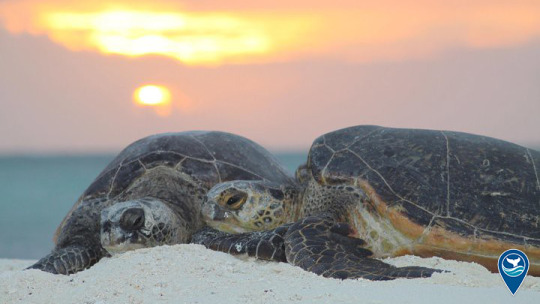

Papahānaumokuākea is of great importance to Native Hawaiians, and Hawaiian culture is a foundational element in its management. It is also home to a variety of post-Western-contact historic resources, such as 19th-century commercial whaling shipwrecks and artifacts and those associated with World War II’s Battle of Midway.
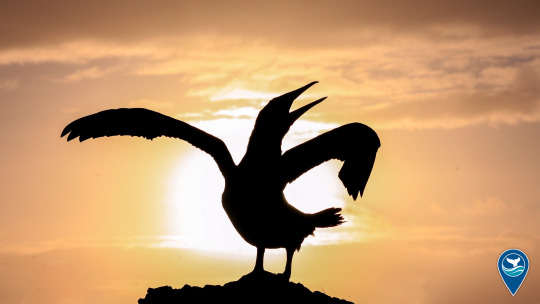


The public is invited to comment on the sanctuary draft proposal through May 7, 2024.
254 notes
·
View notes
Text
BREAKING NEWS
Thousands of corals, including some of the last known genotypes on the Florida Reef, have been relocated in a pair of rescue events organized by NOAA in response to record-breaking ocean temperatures in Florida Keys National Marine Sanctuary.
🎥: Coral Restoration Foundation
#EarthIsBlue#MarineHeatwaves#ClimateChange#Ocean#CoralBleaching#FloridaKeys#Florida#Coral#conservation#national marine sanctuary#science#nature#diving
523 notes
·
View notes
Text
BREAKING NEWS: NOAA releases proposal for national marine sanctuary
youtube
Following input from the public, stakeholders, Indigenous communities, scientists, and federal and state agencies, today NOAA released its proposal to designate Chumash Heritage National Marine Sanctuary, a 5,617-square-mile area offshore of San Luis Obispo and Santa Barbara counties in central California.
NOAA invites the public to comment on the proposed sanctuary designation documents of the proposed Chumash Heritage National Marine Sanctuary by October 25, 2023.
#EarthIsBlue#Chumash#NOAA#California#Conservation#BREAKINGNEWS#national marine sanctuary#science#nature#ocean#News#breaking news#latest news#Youtube
337 notes
·
View notes
Text
What do historic sunken warships and a charming dumbo octopus have in common?
These exciting deep-sea discoveries brought global attention to the remote Papahānaumokuākea Marine National Monument, not once, but twice in a single month.
Read about it in our latest web story:
#earthisblue#noaa#nature#science#conservation#diving#dumbo octopus#octopus#marine life#sea#animals#cute animals
265 notes
·
View notes
Text
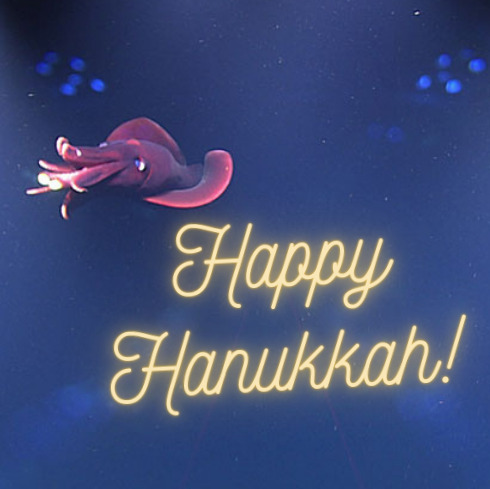
The Dana octopus squid celebrates the festival of lights with specialized light cells called photophores on the tip of its arms. Despite being a squid (not an octopus), this guy has eight arms and is ready for all eight nights of Hanukkah!
Chag sameach to you and your family!
Please note: only two of the squid's arms contain photophores, not all eight unfortunately.
158 notes
·
View notes
Text
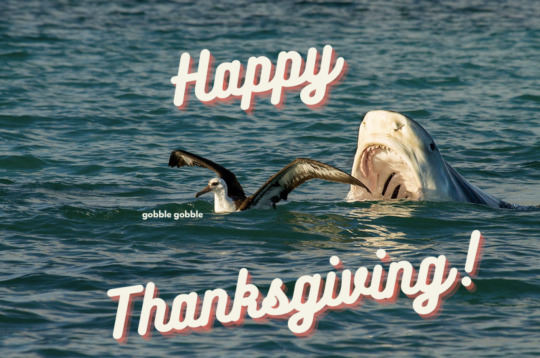
A turkey wouldn’t be the strangest thing to wind up in the stomach of a tiger shark. Some tiger sharks have been found with license plates inside them! We know your aunt isn’t serving up car parts today.
Also, make sure you don’t end up with an albatross on your plate. Happy Thanksgiving to you and your loved ones!
📸: Mark Sullivan/NOAA
169 notes
·
View notes
Text

Happy International Women's Day!
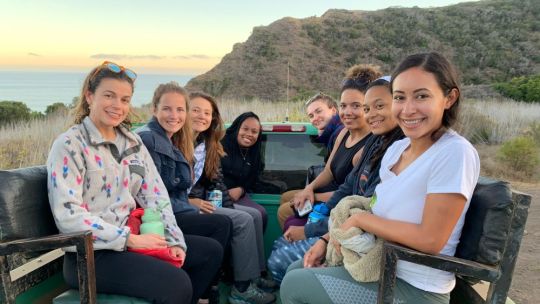
We're celebrating the women of our National Marine Sanctuary System and the amazing contributions they make to ocean conservation!
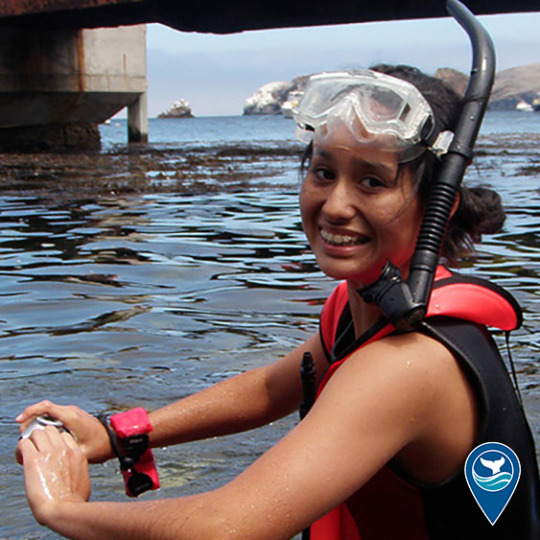
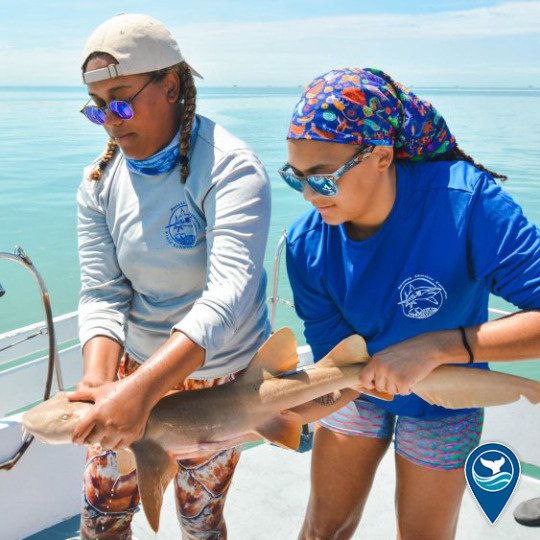
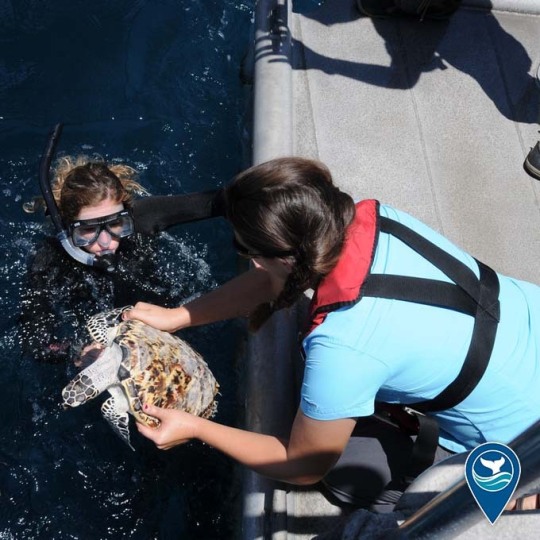

Thank you for all that you do!

Want to learn about some of our favorite sanctuary heroes? Visit the links below!
#EarthIsBlue#InternationalWomensDay#WomenInSTEM#WomenOfNOAA#science#nature#ocean#noaa#national marine sanctuary#conservation#women#women in stem#international womens day
94 notes
·
View notes
Text

It may not be Wednesday yet, but it is October 3rd!
Need some inspo for your pink outfit tomorrow? Check out this pink siphonophore!
While this may appear to be one organism, it is actually comprised of many zooids directly connected to each other by tissue. The interaction between the individual zooids is so strong that, together, they assume the function of a single, larger organism! This is just one example of the fascinating creatures that inhabit Channel Islands National Marine Sanctuary!
191 notes
·
View notes
Text

I believe I can fly.
I believe I can touch the sky.
I think about it every night and day.
Spread my fins and fly away.
Unfortunately, whales can't fly. But, they can jump out of the water, also known as breaching! Though humpback whales are relatively slow swimmers, able to swim at about 15 miles per hour but averaging only two to nine miles per hour, they’re amazing acrobats.
Learn more about humpback whales by visiting:
📸: Douglas Croft
96 notes
·
View notes
Text

I've finally found my knight in shining armor 😍
The emperor helmet snail (Cassis madagascariensis) is the largest helmet species and also one of the largest gastropods in the world. It is most famously known for its ornate shell resembling a medieval knight's helmet. Found in sandy bottoms of the tropical Western Atlantic, Gulf of Mexico, and Caribbean Sea, they often bury themselves during the day and emerge to hunt at night. They use a long, flexible, tube-like structure (proboscis) to pierce and feed on the soft tissues of echinoderms such as sea stars, sea urchins, and sand dollars.
📸: Karen Neely (2023 Get Into Your Sanctuary Photo Contest submission)
91 notes
·
View notes
Text
UPDATE: NOAA establishes a temporary special use area to protect a relocated Florida Keys coral nursery
In response to extreme ocean temperatures, NOAA has used its emergency authority to create a temporary special use area in Florida Keys National Marine Sanctuary to protect endangered corals that have been relocated to a nursery in federal waters approximately five miles southeast of Tavernier, Florida. The temporary regulation lasts 60 days, with the option for one 60-day extension, and prohibits all entry except for continuous transit without interruption.
🎥: Florida Keys News Bureau
#EarthIsBlue#BreakingNews#FloridaKeys#Coral#MarineHeatwave#CoralReef#Florida#science#nature#ocean#noaa#national marine sanctuary#conservation#corals#reef
175 notes
·
View notes
Text
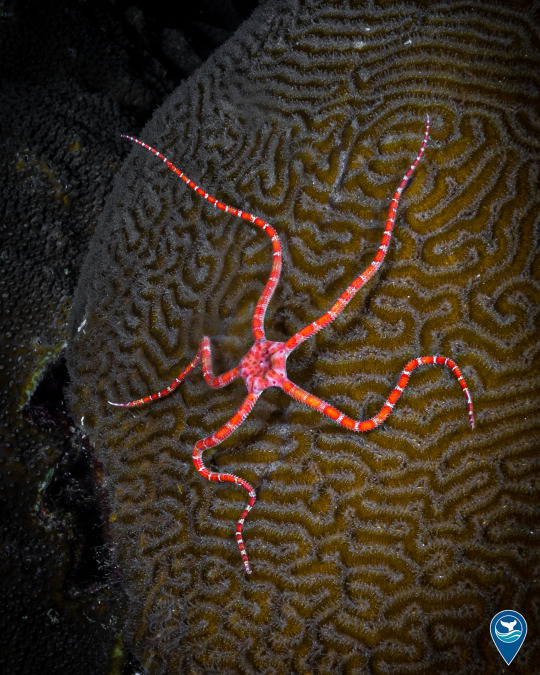
There’s no place like home, there’s no place like home 👠👠
You said ruby brittle star, not ruby slippers? Oops. Well, this ruby brittle star's home is in Flower Garden Banks National Marine Sanctuary.
This unique species adds a splash of vibrant color to the ocean floor with its striking reddish hue. Like all brittle stars, it has a central disk with long, flexible arms. This species of echinoderm, found in the Western Atlantic, can grow to a maximum size of 21 inches in diameter. When threatened, it can shed its arms as a distraction, allowing the brittle star to escape from predators. Remarkably, it can regenerate lost arms, showcasing an impressive ability to adapt and survive in its challenging underwater environment. Regenerative abilities differ greatly among sea star species.
📸: Jennifer Ackerman (2022 Get Into Your Sanctuary Photo Contest)
89 notes
·
View notes
Text

The blue-banded goby, native to the Pacific Coast of North America, stands out for its unique social structure. These small, vibrant fish form cooperative breeding groups and have a unique ability to change sex. While lots of marine fishes have the ability to change sex, nearly all species can only change in one direction. The blue-banded goby can change its sex back and forth as needed, and it can do so rather quickly (within a few days). This bright orange fish with electric blue stripes can often be found hanging upside down in underwater caves at depths ranging from 20 to several hundred feet.
135 notes
·
View notes